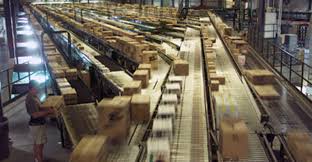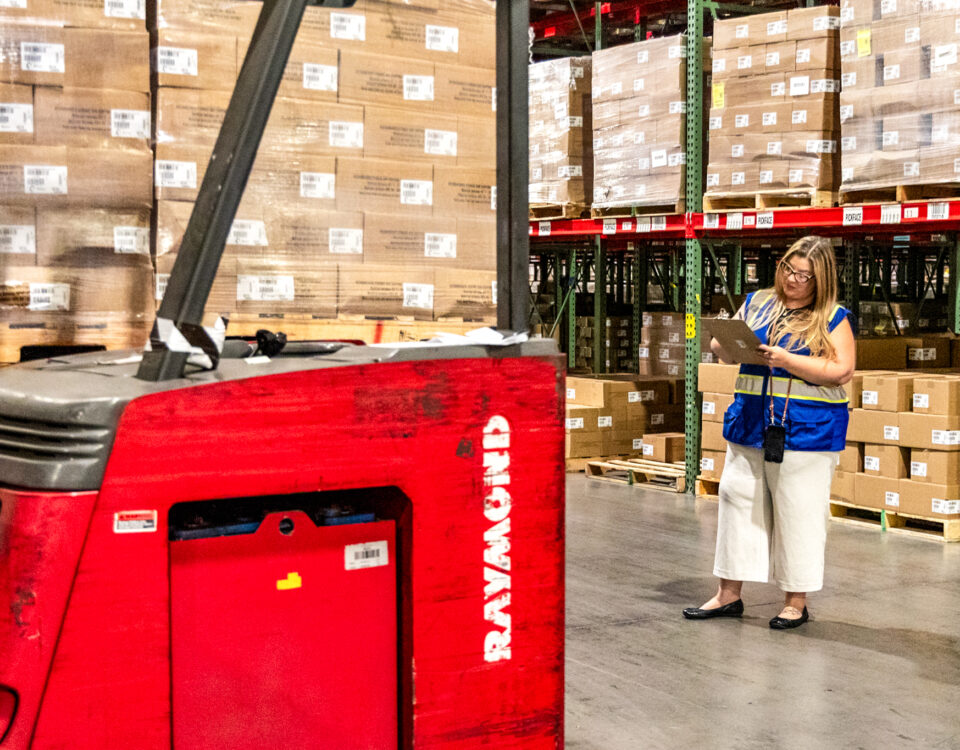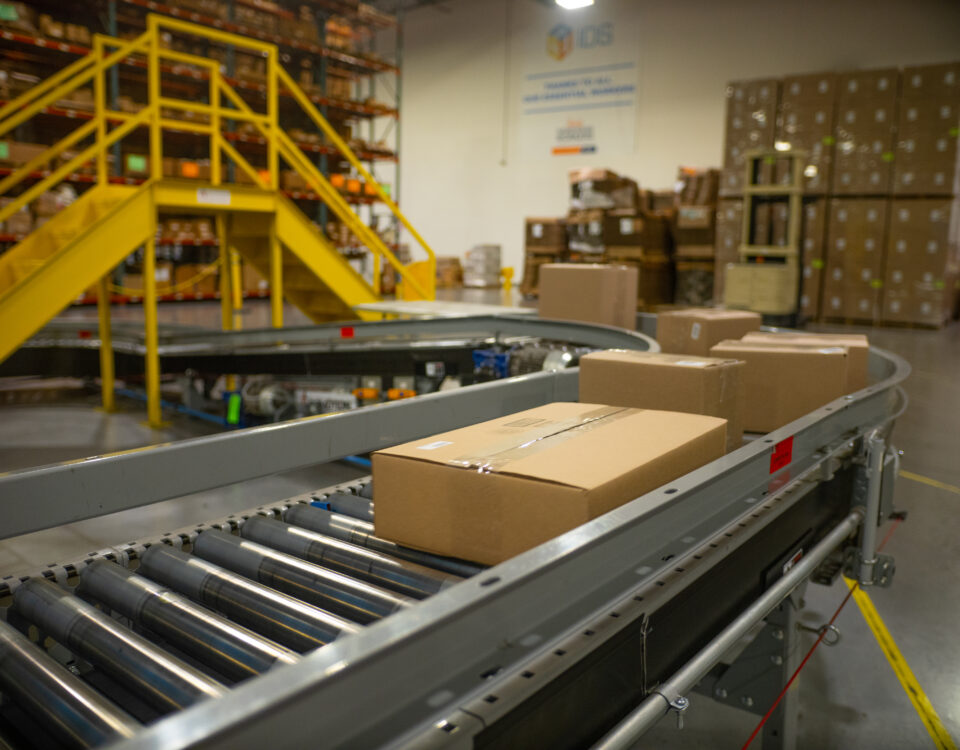Due to limited availability, distribution centers are frequently trying to overcome the challenge of efficiently optimizing their space. Running a warehouse on a large-scale level can be very costly. Because of this, it is important for warehouses to run efficiently, which requires work on space optimization. A warehouse’s primary objective is to effectively and discriminately use space, allowing for the most efficient material handling, provide the most economically sound means of storage when thinking of equipment cost, utilization of space, handling labor/operational safety, and flexibility to handle storage changes. With this in mind, we are going to go over some of the most effective ways that you can optimize space within your distribution center without necessarily breaking the bank.
Most warehouses employ multiple methods of storage within their facility, and combining different systems is important when maximizing space utilization. It is important to consider, however, that these storage mediums should be selected based on inventory movement. This brings us to the Pareto Principle which states that 80% of the activity in warehouses comes from 20% of the items, which are considered the fast-movers. The next 15% comes from 30% of the items, which are the medium-movers. And finally, 5% of the activity comes from 50% of the items, which are slow-movers. You can start this by looking at current averages in inventory levels and growth projections by SKU. Make sure this analysis clearly defines units in the facility – cases, pallets, widgets… Also consider variations that might occur amongst your SKU’s, this helps sort them into separate categories. Now you should classify each product by how many activities it is involved in over a period of time – this can help store high movers together to maximize efficiency. All of this is important in balancing your inventory and storing items together that travel most-to-least frequently to optimize space and operations. Understanding all of this gives the warehouse manager insight into managing space and inventory even when problems arise.
There is no one way of optimizing space within the facility, as everything is dependent on inventory and size, which requires a series of techniques to be effective. However, there are a few techniques that are most commonly used within distribution centers that you should strongly consider implementing into your facility if you have not already.
Install Mezzanine Floor
Installing mezzanine flooring is one of the best ways to maximize space without having to expand. This option has the tendency to be a little expensive, but is easy to install and essentially permanent. Mezzanine flooring allows access to the unused height of the warehouse space and maximize the cube of the building rather than strictly the square footage. This option is one of the best ways to optimize space within your facility, but can come with a hefty price tag. For costly real estate markets a mezzanine can be cost effective. For companies located in areas where real estate is less expensive it is worth exploring the option of taking down additional space.
Automated Systems
Adding and using automated storage and retrieval systems can basically remove the issue of space. These are generally a series of mechanisms like lifters, conveyors, and other new technologies. Warehouses are becoming more and more automated every year, and jumping on the trend will only help with your space saving by reducing occupied aisles, use maximum space, and minimize labor.
Organize off-site Storage
It can be incredibly effective to take advantage of offsite storage options and use the warehouse to fulfill orders already made, rather than overstocking items that have not been purchased as these can take up valuable space. This can allow you to maximize operations by separating total stock into more manageable and easier to locate groups.
Racking and Revamping Racks
When you begin looking into warehouse space optimization, racking is generally one of the first things to be considered. It is important to consider, however, the effectiveness of a rack revamp based on your inventory and storage needs. Ideally, racks will have 4-6 inches of gap between the top of the pallet and the base of the beam for forklifts to operate easily. If you have more space than that, there is room to revamp and add additional space in your system.
Drop-Shipping
If the purpose of your warehouse is to store and ship large items, it is a good idea to consider utilizing some form of drop-shipping to reduce your in-house inventory and costs. Most logistics companies are now using drop-shipping, and it is a great way to avoid any warehouse stocking by shipping directly from the supplier to the customer. If you want to learn more about some of the best drop-shipping practices, check out our blog post on the subject.
An efficient and effective warehouse has the flexibility to manage both short and long-term projections, and making use of any of the space optimization methods (or combinations of them) can help improve performance dramatically. It is important to consider the exclusiveness of every warehouse’s operation requirements before implementing any changes. For most companies the best way to efficiently maximize space is to utilize the more cubic space within the four walls of the building.











